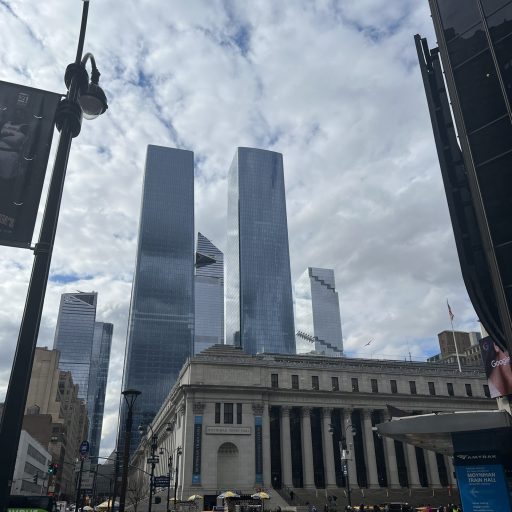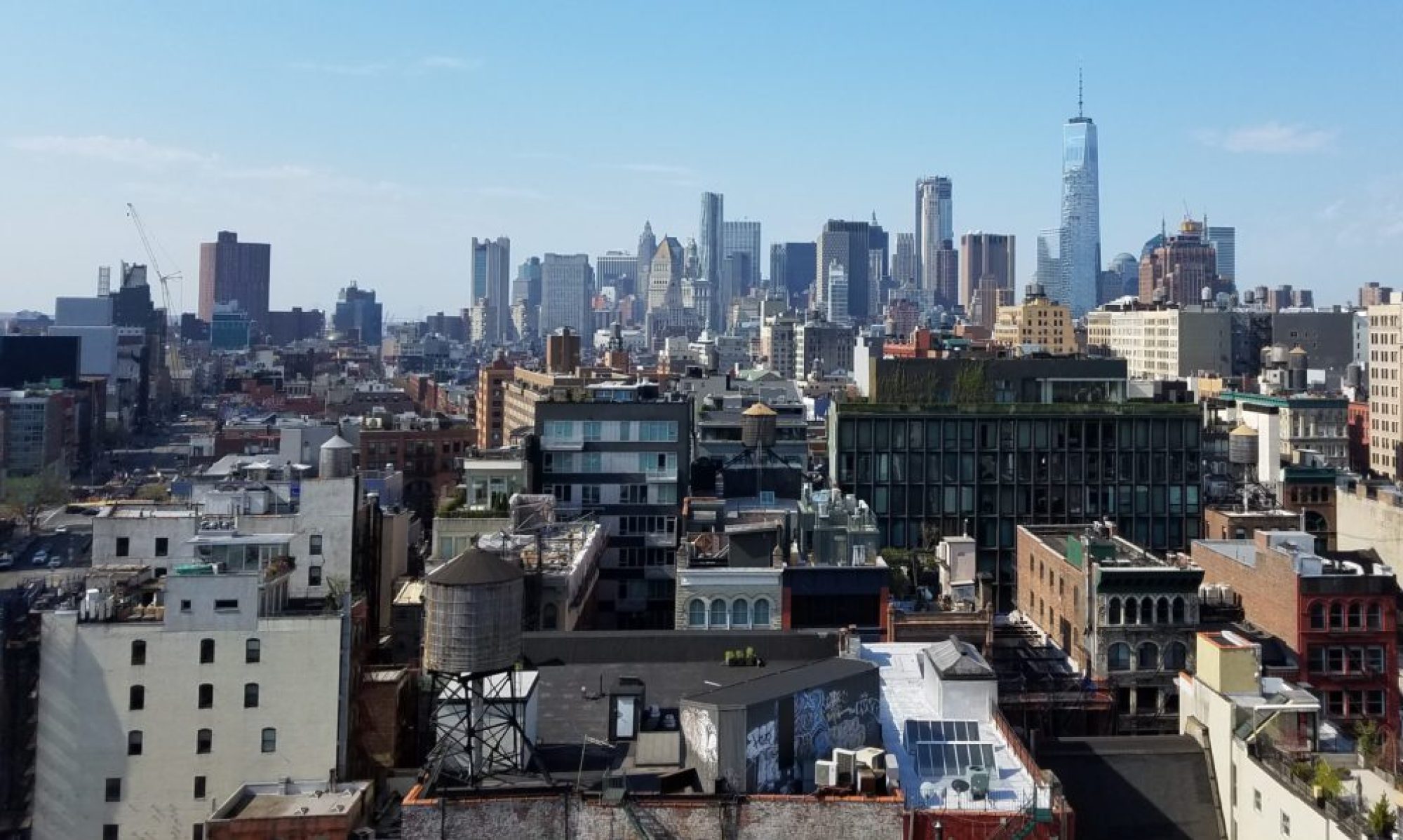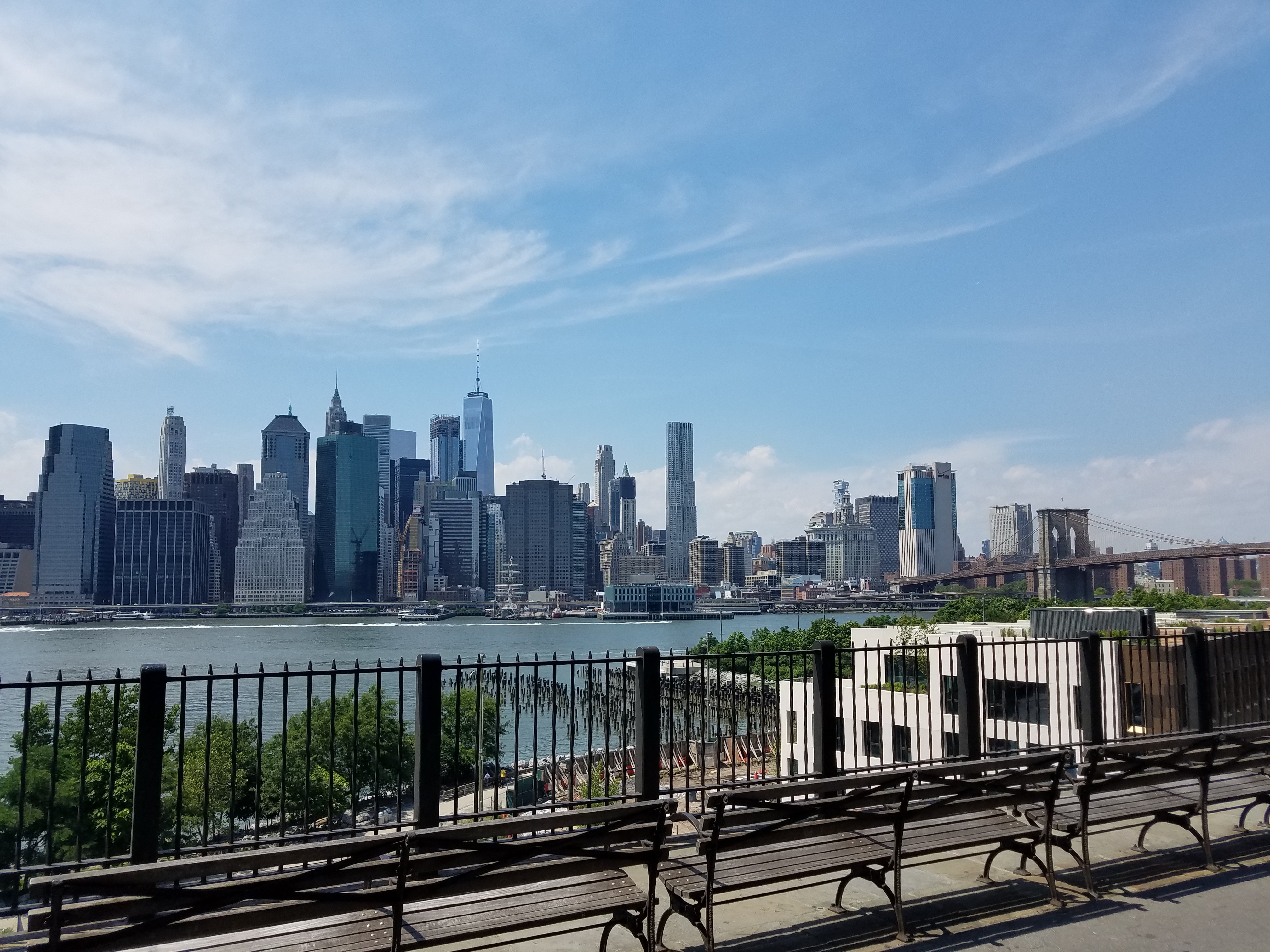
New York City, also known as the Big Apple, is one of the most famous and populous cities in the United States. The city has a rich and diverse history that has shaped it into the bustling metropolis it is today. From its origins as a Dutch colony in the 17th century to its current status as a global hub of finance, culture, and innovation, New York City has been at the forefront of some of the most significant moments in American history.
Pre-Colonial Era
Before the arrival of European colonizers, the area that is now New York City was inhabited by various Native American tribes. The Lenape people, who called the region Lenapehoking, were the most significant group in the area. They were part of the larger Algonquian language family and lived off the land, hunting, fishing, and farming.
European Settlement
In 1609, the Dutch explorer Henry Hudson arrived in the area that is now New York Harbor. He claimed the land for the Dutch East India Company, and in 1624, the company established the first permanent European settlement in the area. They named it New Amsterdam, and it quickly became a bustling trading post for furs and other goods.
In 1664, the English seized control of the colony from the Dutch, and they renamed it New York after the Duke of York, who would later become King James II. The English influence on the city’s culture and architecture is still visible today, with many buildings and landmarks dating back to the colonial era.
Revolutionary War
During the Revolutionary War, New York City played a significant role as a strategic location for both the British and American forces. The city was under British control for most of the war, and many important battles were fought in and around the city.
After the war, New York City emerged as a center of commerce and culture. The city’s port became one of the busiest in the world, and its diverse population grew rapidly, with immigrants from all over the world flocking to the city in search of opportunity.
Industrialization
In the 19th century, New York City underwent a period of rapid industrialization, with factories and mills popping up all over the city. The city’s economy boomed, and it became a hub of manufacturing and trade.
During this time, many of the city’s most iconic landmarks were built, including the Brooklyn Bridge and the Empire State Building. The city also became a center of culture, with the birth of Broadway theater and the Harlem Renaissance.
Immigration
Between 1880 and 1920, millions of immigrants came to New York City in search of a better life. They came from all over the world, including Europe, Asia, and the Middle East, and settled in neighborhoods throughout the city.
These neighborhoods, such as Little Italy, Chinatown, and the Lower East Side, became vibrant centers of culture and commerce. Today, the city’s diverse population continues to be one of its most defining features.
Modern Era
In the 20th century, New York City continued to grow and evolve. The city’s skyline continued to change with the construction of new skyscrapers, and it became a global center of finance, with Wall Street leading the way.
The city also faced challenges, including economic downturns and social unrest. In the 1970s, the city experienced a period of decline, with crime rates soaring and many businesses leaving the city. However, in the 1990s, the city underwent a renaissance, with crime rates dropping and a wave of new development and investment.
Today, New York City is one of the most vibrant and exciting cities in the world. Its culture, architecture, and history continue to draw visitors from all over the world, and its influence on global politics, finance, art, and culture cannot be overstated. From the bright lights of Times Square to the peaceful oasis of Central Park, New York City offers something for everyone.
In conclusion, New York City’s history is a rich tapestry of culture, innovation, and change. From its humble beginnings as a Dutch trading post to its current status as a global hub of commerce and culture, the city has undergone countless transformations over the centuries. Through it all, the city has remained a beacon of hope and opportunity, attracting millions of people from all over the world in search of a better life. Today, New York City is more vibrant and exciting than ever, and its future is sure to be just as exciting as its past.

